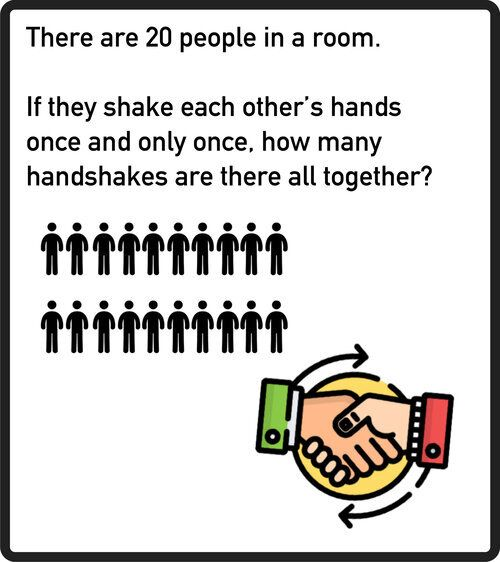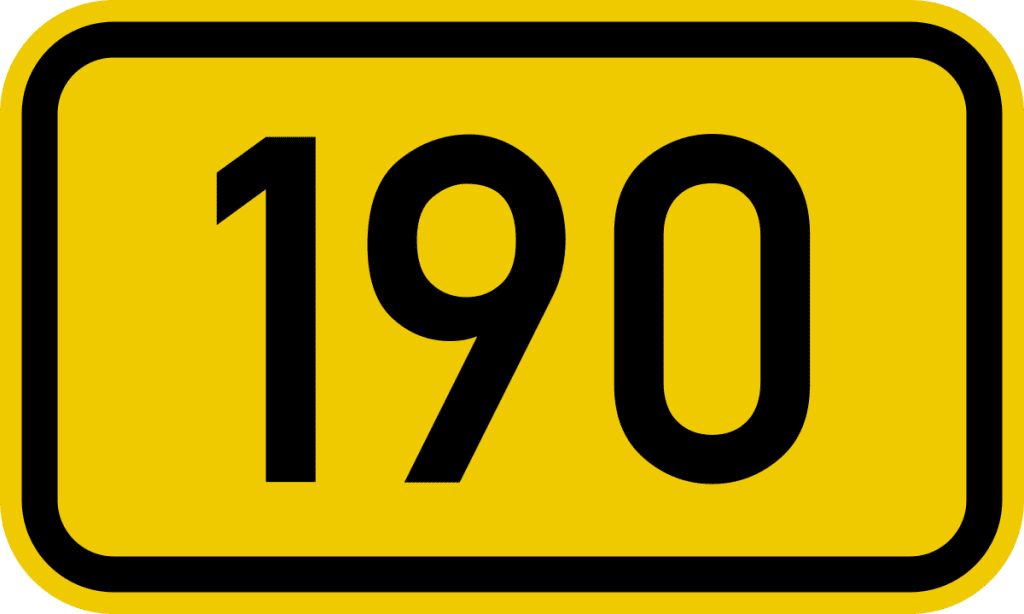Have you ever come across a question that seemed simple at first glance but turned out to be trickier than expected? Today, we’ll tackle a timeless logic puzzle: calculating the number of unique handshakes in a room full of people. This exercise challenges your attention to detail, logical reasoning, and ability to avoid common pitfalls.
Take a moment to think about it: In a room with 20 people, each person shakes hands with every other person exactly once. How many unique handshakes occur?
Got your answer? Let’s dive into the solution.
Common Pitfalls in Solving the Handshake Puzzle

Before we break down the correct solution, it’s worth exploring the common mistakes people make when attempting this puzzle. Understanding these missteps helps sharpen your logical thinking.
1. Misinterpreting the Question
A frequent error is misunderstanding what the puzzle is asking. Some people assume it’s asking how many handshakes one person makes, leading them to stop at 19—the number of people one individual would greet. This approach overlooks the interactions among the rest of the group.
2. Double-Counting Handshakes
It’s easy to forget that a handshake involves two participants. For example, if Person A shakes hands with Person B, that’s the same as Person B shaking hands with Person A. Failing to account for this duplication can lead to an overestimated total.
3. Losing Track During Manual Counting
Some people attempt to list each handshake manually. While this works in small groups, it becomes impractical with 20 people. Errors creep in as the number of interactions grows, making it challenging to track and sum up correctly.
These mistakes underscore a crucial principle: approaching the puzzle with a structured and systematic method is key to finding the right solution.
Breaking It Down: Solving the Handshake Puzzle
Let’s solve this step by step to ensure clarity and accuracy.
Step 1: Understand the Scenario
The puzzle involves a room with 20 people, where everyone shakes hands with everyone else exactly once. Your goal is to find the total number of unique handshakes, ensuring no duplication in the count.
Step 2: Visualize the Interactions
Imagine the sequence:
- Person 1 shakes hands with the other 19 people.
- Person 2 shakes hands with everyone except Person 1 (since that handshake has already been counted).
- Person 3 shakes hands with everyone except Persons 1 and 2.
This pattern continues until the last person, who has no new people to greet.
Step 3: Use the Formula for Simplicity
Instead of listing each handshake manually, you can use a simple mathematical formula from combinatorics:
Total Handshakes = n(n−1)/2
Here’s what the formula means:
- n is the total number of people in the room (20 in this case).
- n−1 represents the number of people each individual can shake hands with (everyone except themselves).
- Dividing by 2 ensures that each handshake is counted only once, as every interaction involves two participants.
Step 4: Plug in the Numbers
For a group of 20 people:
- Multiply n by n−1:
20 × (20 − 1) = 20 × 19 = 380 - Divide by 2 to account for duplicate counting:
380 ÷ 2 = 190

Thus, the total number of unique handshakes is 190.
Why the Formula Works
The formula n(n−1)/2 is rooted in the principles of combinatorics, a branch of mathematics focused on counting and arrangement. Specifically, it calculates the number of ways to select 2 individuals from a group of n, where the order doesn’t matter. Each selection corresponds to a unique handshake.
Using this formula eliminates the need for tedious manual counting and ensures precision, even with larger groups.
Insights Gained from the Handshake Puzzle
This puzzle is more than just a fun brain teaser—it offers valuable lessons in logic and problem-solving. Here are a few takeaways:
- Pay Attention to Details: Small oversights, like double-counting handshakes, can lead to incorrect results.
- Think Systematically: A clear, step-by-step approach helps prevent confusion and ensures accuracy.
- Embrace Mathematical Tools: Leveraging formulas simplifies complex problems and saves time.
Challenge Yourself Further
Now that you’ve mastered this puzzle, why not push your thinking even further?
- What happens if the group size increases to 30 or 50 people?
- Can you apply similar logic to other real-world scenarios, like organizing seating arrangements or distributing tasks?
The more you challenge your brain with puzzles like this, the sharper your logical reasoning becomes.
Final Thoughts: Embrace the Power of Logical Thinking
The handshake puzzle is a perfect example of how simple scenarios can unveil complex layers of logic. By systematically breaking down the problem and applying a proven formula, you’ve unlocked the secret to calculating interactions in any group size.
So, did you solve it correctly on your first try? If not, don’t worry—every mistake is an opportunity to learn. Share this puzzle with your friends or family and see how they fare. Together, you’ll discover just how fun and rewarding logic puzzles can be.
Keep challenging yourself with new problems, and watch as your ability to think critically and creatively continues to grow!


